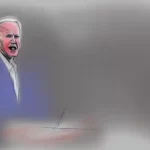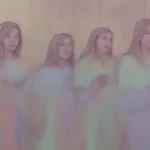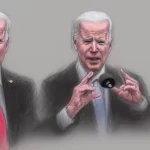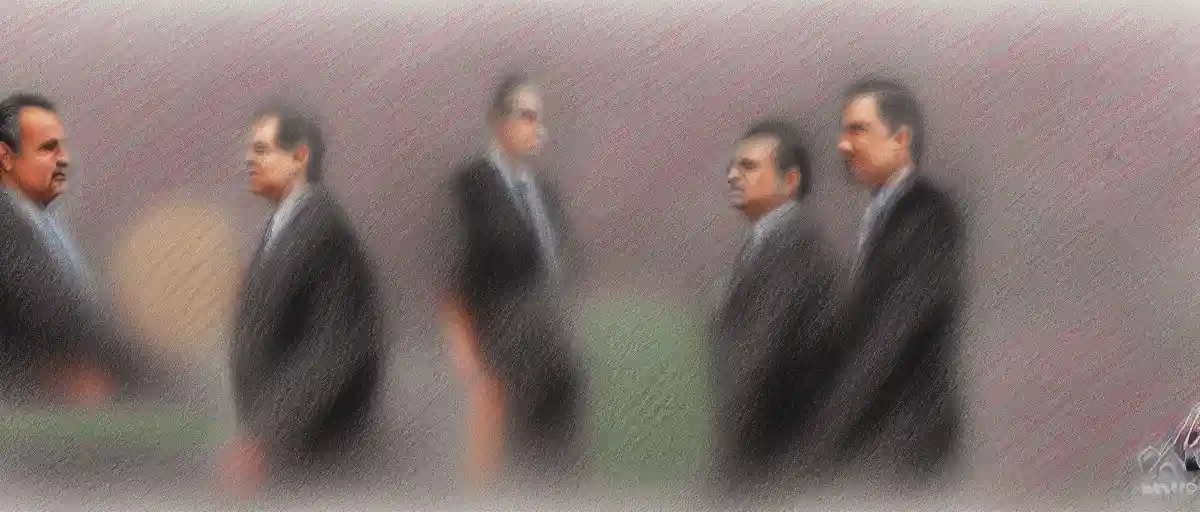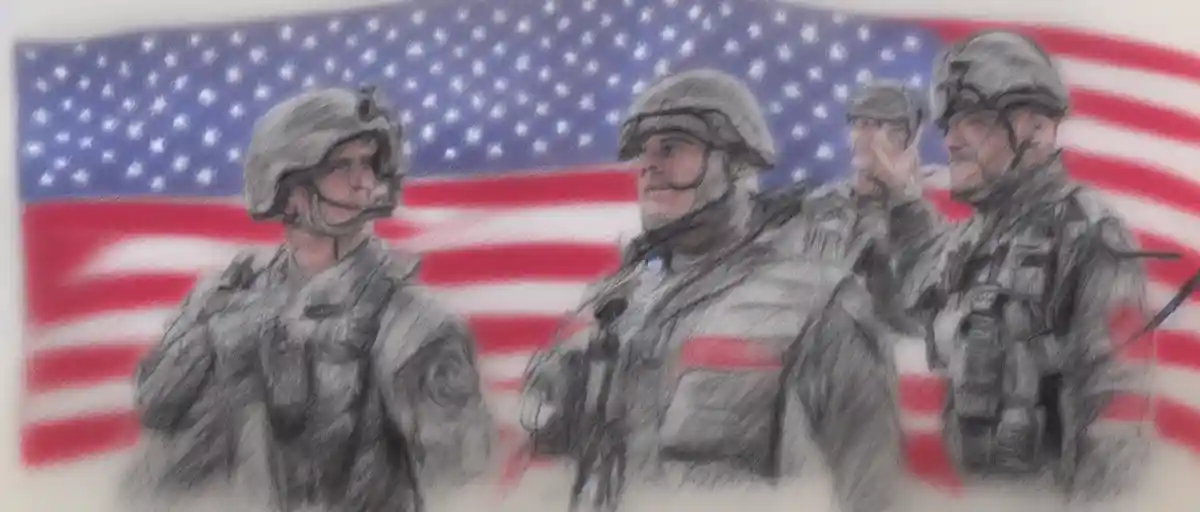This Could Also Be Right Up Your Alley:
The Supreme Court’s recent shift towards conservatism has sparked a heated debate about its potential impact on marginalized communities. From another angle, some argue that a conservative Court is necessary to uphold traditional values and protect the rights of religious individuals. They believe that a strict interpretation of the Constitution is essential to prevent judicial activism and uphold the rule of law.
Alternatively, critics argue that a conservative Court could pose a significant threat to marginalized communities. They point to recent decisions that limit voting rights and religious freedom as evidence of the Court’s potential biases. They argue that a conservative Court could roll back decades of progress on issues such as LGBTQ+ rights and reproductive rights, leaving vulnerable communities without essential protections.
While the upcoming June cases on voting rights, LGBTQ+ rights, and abortion rights will be instrumental in shaping the Court’s future, the potential consequences for marginalized communities are significant. As we await the Court’s decisions, it is essential to consider the broader implications of a conservative Court and the biases that may impact their decision-making.
In my view, a conservative Court poses a significant threat to marginalized communities and risks rolling back decades of progress on essential issues such as voting rights and reproductive rights. While a strict interpretation of the Constitution is crucial, it must be balanced with a recognition of the evolving needs and experiences of all members of society. The potential biases of the Court’s conservative justices must be considered carefully, and their decisions must prioritize the protection of essential rights for all individuals, including those who are historically marginalized.
Here's A Video We Thought You Might Also Like:
Author Profile

- I'm a culture writer with an appetite for the arts, and I also explore the political dimensions of cultural phenomena. From film to literature, I delve into how art can reflect and shape political ideologies.
Latest entries
 Breaking News2023.12.13Overpowering Poll Results Democrats Turn on Biden with Growing Support for Impeachment Inquiry
Breaking News2023.12.13Overpowering Poll Results Democrats Turn on Biden with Growing Support for Impeachment Inquiry Breaking News2023.12.09Scathing Letter Sparks Debate Is Diversity Undermining Academic Excellence
Breaking News2023.12.09Scathing Letter Sparks Debate Is Diversity Undermining Academic Excellence Breaking News2023.12.03Christians Question the Role of AI in Church What Does the Future Hold
Breaking News2023.12.03Christians Question the Role of AI in Church What Does the Future Hold Breaking News2023.12.02Striking Revelation Senator Claims President Biden’s Impeachment Inquiry is Crucial for the Nation’s Future
Breaking News2023.12.02Striking Revelation Senator Claims President Biden’s Impeachment Inquiry is Crucial for the Nation’s Future

